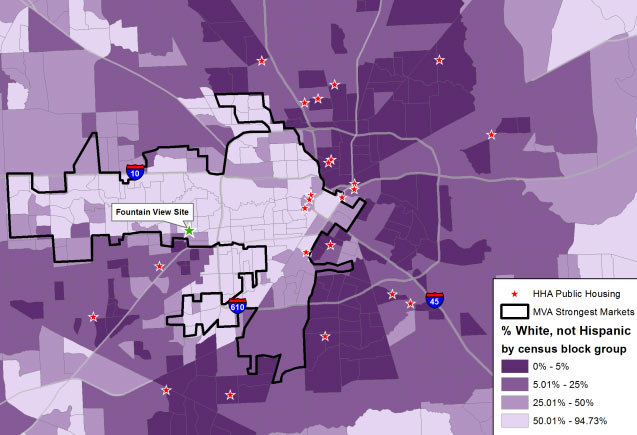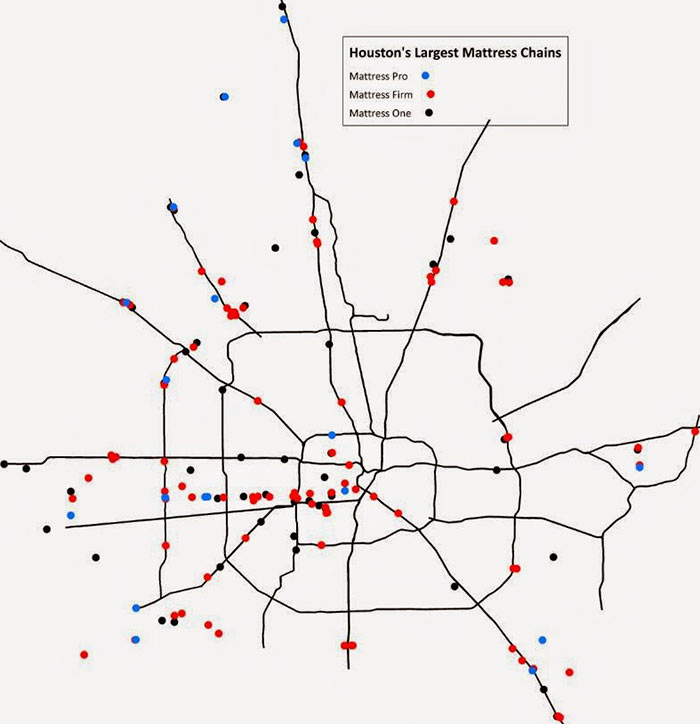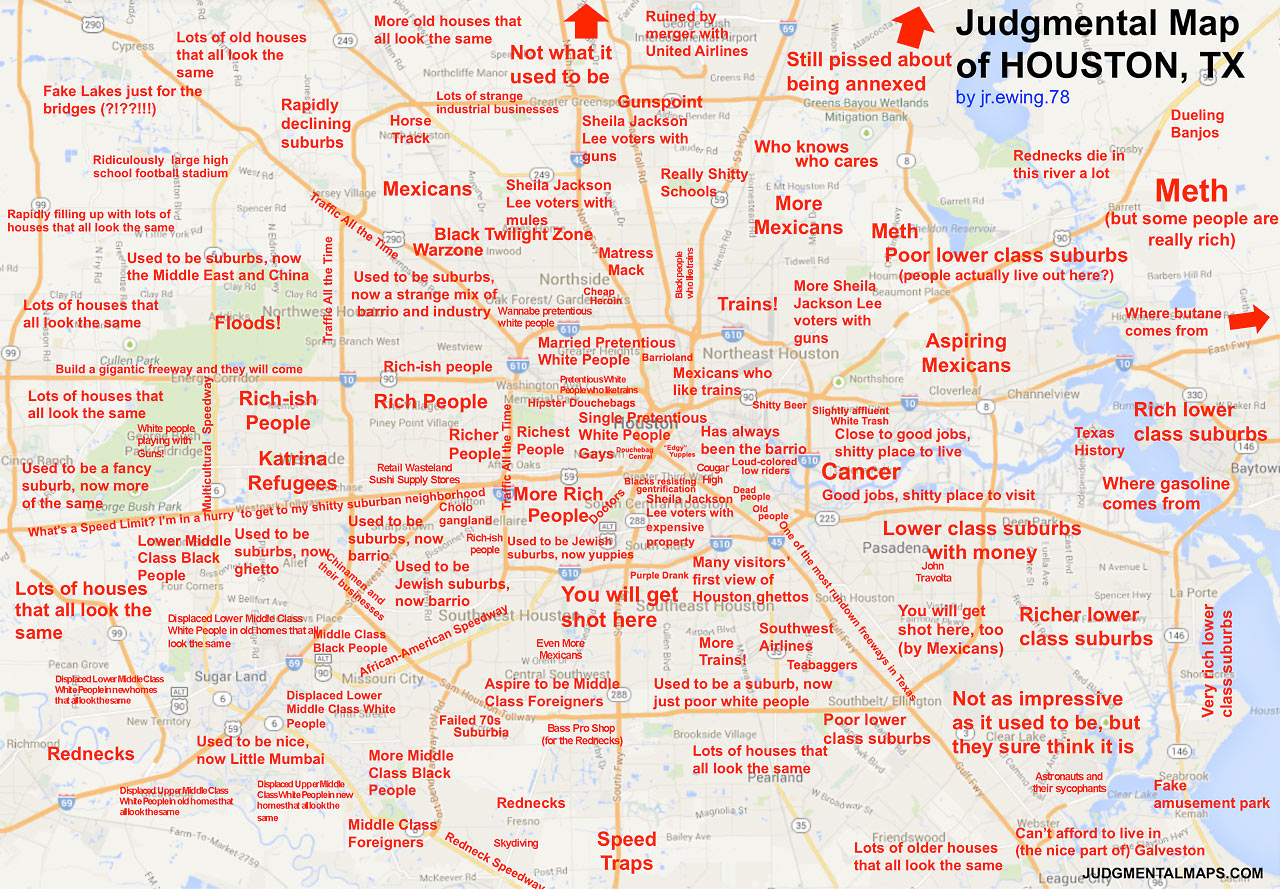Some of the bloggers and photographers at clothing and trendy-places-to-go blog Wear+Where+Well (based in but not exclusively on Houston) have pulled together a long list of the mural walls found around town, complete with titles, artist names, photos, and the interactive map above. The list is annotated with an eye for photography conditions, as well as info on parking and on the likelihood of “indigents asking for spare change” nearby. The authors say the list will be updated frequently; info on how to submit new spots you think should be included can be found at the bottom of the document.
Map of Houston murals: Wear+Where+Well


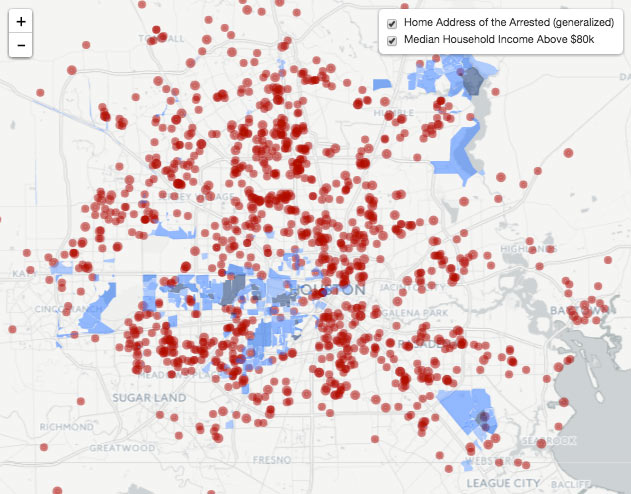
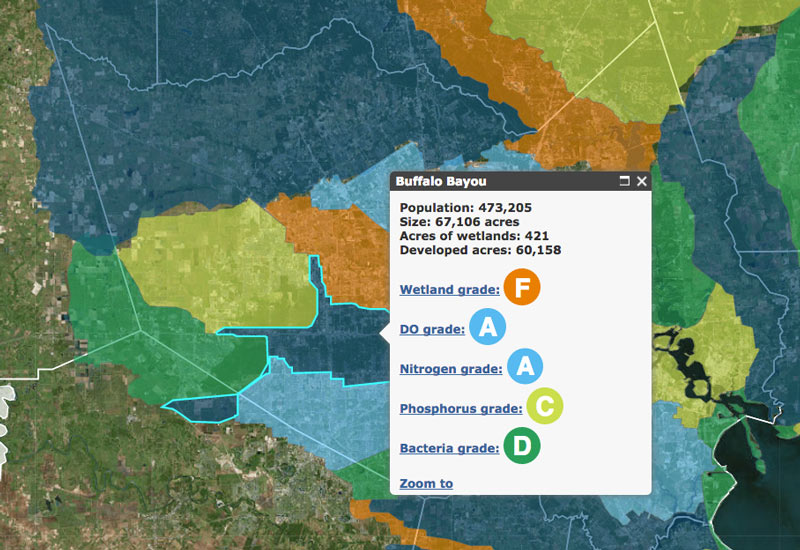
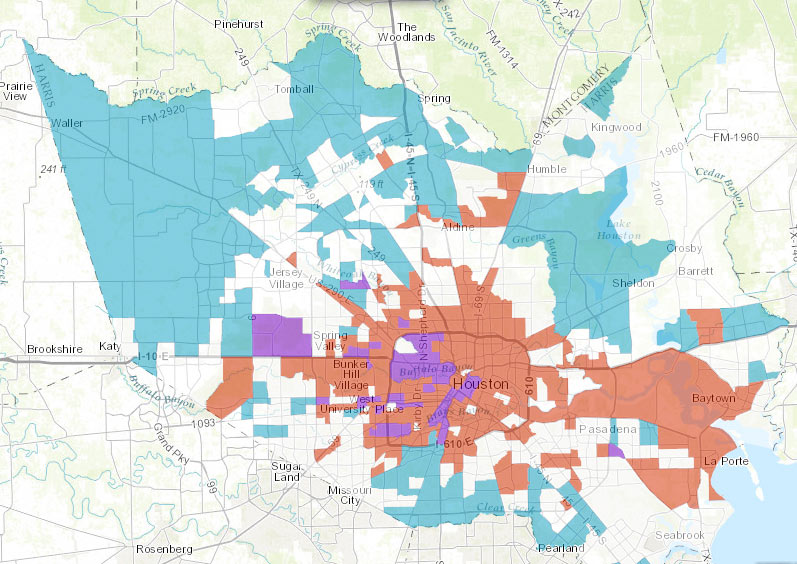
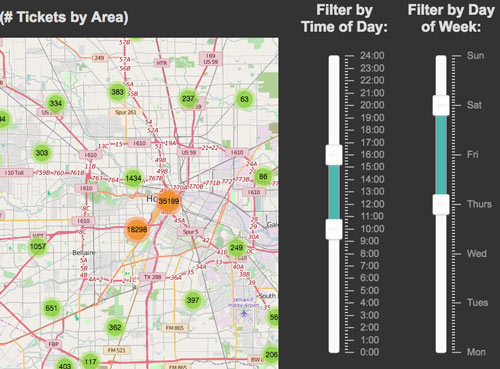 Amateur parking violation scrutinizer Jordan Poles has
Amateur parking violation scrutinizer Jordan Poles has 